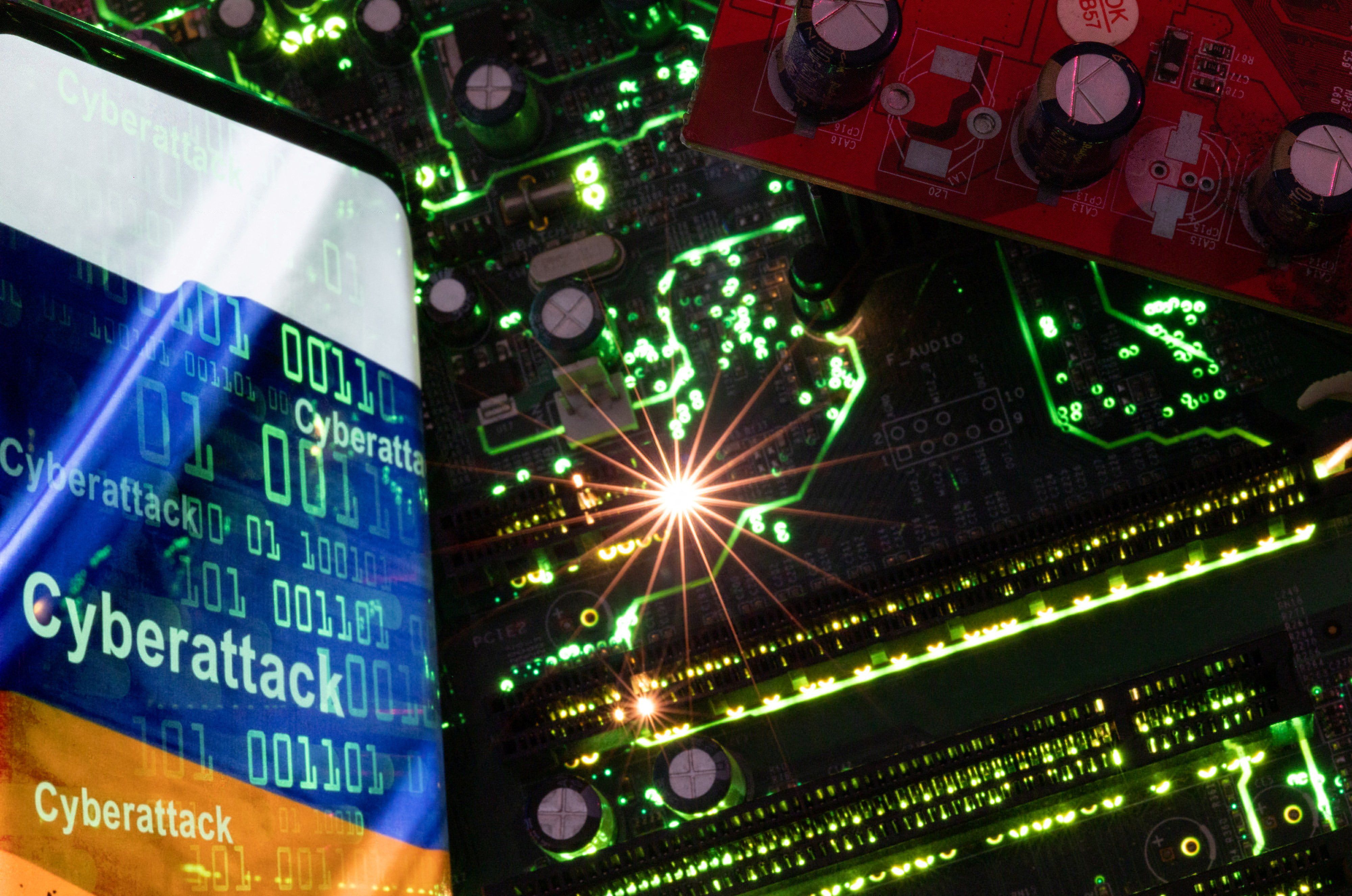The world’s most powerful military bloc held cyber defense exercises last week, simulating cyberattacks against power grids and critical infrastructure. NATO rightly insists these exercises are crucial because cyberattacks are standard tools of modern warfare. Russia regularly engages in such attacks, for example, to threaten Ukraine’s power supply, and the US and Israel recently issued a joint warning of Iranian-linked cyberattacks on US-based water systems.
A whopping 120 countries have been hit by cyberattacks in the past year alone — and nearly half of those involved NATO members. Looking forward, the advent of generative AI could make even the simplest cyberattacks more potent. “Cybercriminals and nation states are using AI to refine the language they use in phishing attacks or the imagery in influence operations,” says Microsoft security chief Tom Burt.
Yet, in its latest wargames, NATO's preparations for cyberattacks involving AI were nowhere to be found. The alliance says AI will be added to the training next year.
“The most acute change we will see in the cyber domain will be the use of AI both in attacking but also in defending our networks,” said David van Weel, NATO’s Assistant Secretary General for Emerging Security Challenges. He noted that the bloc will also update its 2021 AI strategy to include generative AI next year.
We can’t help but wonder whether these changes will be too little, too late.






